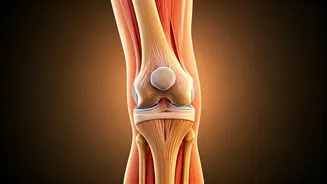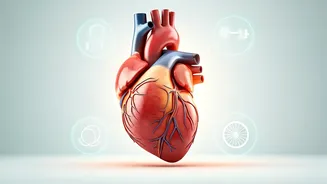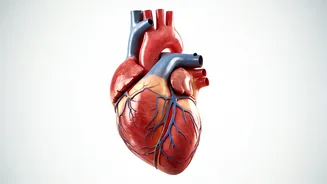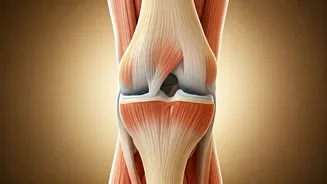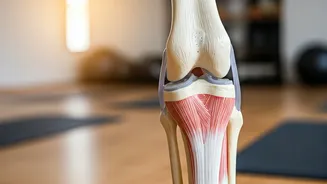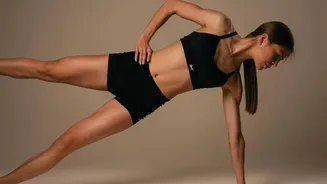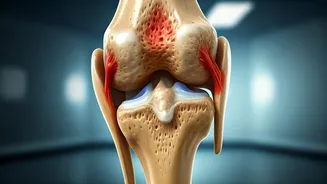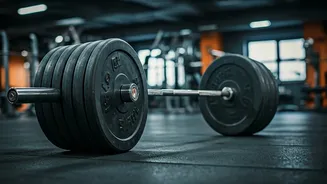Understanding Knee Pain
Knee pain can stem from several factors, including injuries, overuse, and conditions like arthritis. Traditional approaches to managing knee pain often
involve rest, medication, and, in severe cases, surgery. However, recent research suggests that a different approach may be more effective. The study indicates that the conventional understanding of rest as the primary solution might be flawed. While rest is important, the study highlights a specific activity that plays a crucial role in healing and rehabilitation. It challenges the common belief that complete inactivity is the best course of action and introduces a more active method to recovery.
The Surprising Study
This study, which will be the basis for this article, provides compelling evidence that the most important factor in the healing of knee pain is motion. The study discovered that targeted exercise and movement not only alleviated pain but also helped improve overall knee function. The researchers looked at various groups with knee pain and divided them into groups; a group which was prescribed rest and the other group with targeted exercises. The group which was doing exercises got better recovery and pain relief. This research challenges the long-held notion that rest alone can effectively manage knee pain. The study's results showed that targeted physical activity leads to significant improvements in pain levels and knee functionality, ultimately highlighting a shift towards more active rehabilitation strategies.
Key Activity Revealed
The key activity identified in the study is a form of controlled, progressive exercise. This involves specific movements designed to strengthen the muscles around the knee and improve its range of motion. The exercises focus on building strength, flexibility, and coordination. Experts suggest starting slowly and gradually increasing the intensity and duration of the exercises. The idea behind is to keep the knee mobile and improve blood flow. Regular, gentle exercises like walking, swimming, and cycling, when done correctly, can bring huge improvements. Always consult a healthcare professional or physical therapist to tailor the exercise plan to your specific needs and avoid further injury. This approach allows the body to heal while maintaining functionality, which contrasts with the more passive methods usually employed.
Why Motion Matters
Motion is crucial because it promotes blood flow to the affected area, delivering essential nutrients and oxygen for healing. Moreover, movement helps to prevent stiffness and maintain the flexibility of the knee joint. The targeted exercises help strengthen the muscles that support the knee, reducing the load on the joint and minimizing pain. The correct exercises can also release endorphins, the body's natural painkillers, further assisting with pain relief. Unlike simple rest, regular activity helps to improve your overall wellbeing and prevent complications. Regular exercise promotes the production of synovial fluid, which lubricates the joint and reduces friction, leading to reduced pain and improved mobility.
Implementing Changes
Before starting any exercise program, it's essential to consult with a healthcare professional or physical therapist. They can assess your specific condition, identify the underlying causes of your pain, and recommend a personalized exercise plan. Following their guidance ensures that the exercises are appropriate for your condition and minimizes the risk of worsening the pain. Consider incorporating low-impact activities like swimming or cycling as they put less stress on your knees. Begin with short sessions and gradually increase the duration and intensity as your knee gets stronger. Pay close attention to your body and rest if you feel any pain. Consistency is key, so make these exercises a regular part of your routine. Gradually incorporating these changes can provide long-term benefits and effectively manage knee pain.
